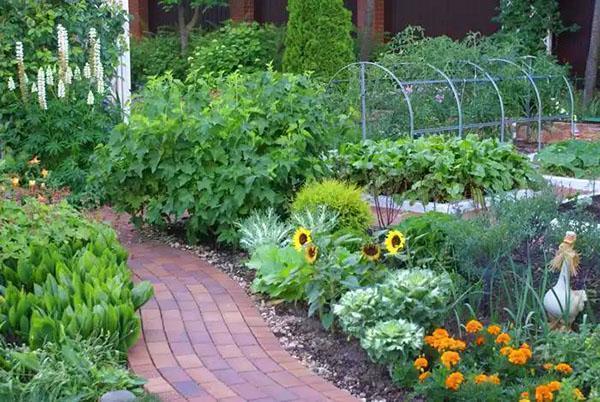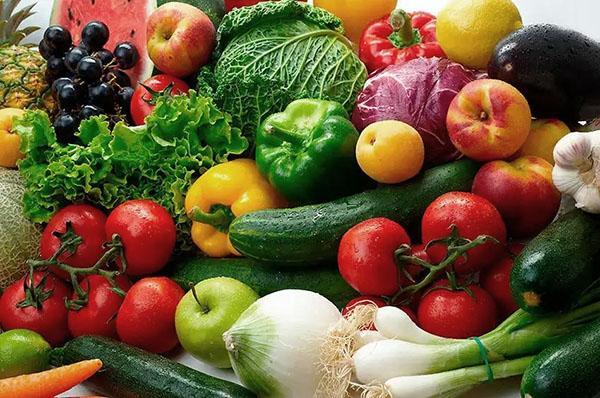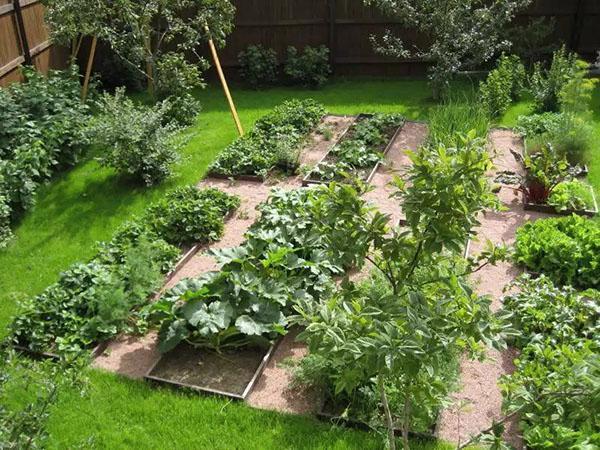Four common mistakes beginner gardeners make
 Even if your plot has fertile soil and enough sunlight, this is still not enough to create the perfect garden that you dream of. Novice gardeners often do not take into account many factors and make common mistakes.
Even if your plot has fertile soil and enough sunlight, this is still not enough to create the perfect garden that you dream of. Novice gardeners often do not take into account many factors and make common mistakes.
For example, my garden has rocky, sandy soil and more shady areas than sunny ones. When I started gardening, the first few years I made mistakes, not considering these and many other features.
It is good that I am not as dependent on my plantings as, for example, farmers or just rural residents, for whom the harvest is the main source of income and food. Nevertheless, it is pleasant to see the results of your labor in the form of a sufficient amount of vegetables, fruits and berries, as well as beautiful flower beds and manicured lawns.

And yet I can say that over the past few years I have gained some experience and made a lot of success in gardening. Of course, it's too early for me to win prizes for the largest specimens of vegetables and fruits or the most beautiful and well-kept garden, but now my backyard, at least, looks much better than before.
I will tell you about four of the most common mistakes beginner gardeners have made myself through. I hope that my advice will be useful to those who are just starting to deal with their personal plot - avoiding mistakes, they will have a better chance of success!
Planting too many plant species
 When you're new to gardening, don't get carried away in the first year with a variety of plantings. I understand that it is a tempting idea to plant a little bit of everything, but you will have a better chance of success if you limit yourself to just a few varieties and add new types of plants next year.
When you're new to gardening, don't get carried away in the first year with a variety of plantings. I understand that it is a tempting idea to plant a little bit of everything, but you will have a better chance of success if you limit yourself to just a few varieties and add new types of plants next year.
When I first ordered non-hybrid seeds from the online store, I went a little overboard with the number of varieties - I wanted to try growing them all. But as it turned out later, it takes a very long time to track the growth and development of a large number of plant species and learn as much as possible about each of them - how to plant them correctly, what conditions are necessary for growing them, and so on.
Now, with enough experience behind me, I know exactly which types of plants are most suitable for growing in my garden and which are not. And if I could go back a few years - during my first plantings - I'd rather plant some easy-to-grow vegetables like peas and beans.
Planting plants too close to each other
 This mistake of novice gardeners is inextricably linked with the one described above. If you want to plant as many types of plants as possible, then you will try to fill your area with seedlings and seeds to the maximum.
This mistake of novice gardeners is inextricably linked with the one described above. If you want to plant as many types of plants as possible, then you will try to fill your area with seedlings and seeds to the maximum.
When I first started gardening, I dreamed of a rich harvest, and I tried, as much as possible, to sow seeds close to each other. It seemed to me that the more I sow, the richer my harvest will be.In addition, I did not thin out sprouts from seeds, because I hated pulling out perfectly healthy plants.
 Because of my mistakes, instead of a rich harvest, I got weak, slow-growing plants. In addition, it was difficult to get to the plantings without trampling them, since I completely forgot to leave enough space around the plants.
Because of my mistakes, instead of a rich harvest, I got weak, slow-growing plants. In addition, it was difficult to get to the plantings without trampling them, since I completely forgot to leave enough space around the plants.
The lesson from my sad experience is that the less crowded, the better the harvest. Fewer plants located at a sufficient distance from each other is a guarantee of stronger and healthier seedlings and a good harvest of vegetables, fruits or berries.
Wrong watering - too frequent or at the wrong time
 I've made this mistake many times. Novice gardeners are too concerned about getting enough water for their plants, so they often mistakenly flood them. Certain plant species undoubtedly require more frequent watering, but in general they respond better to moderate watering or irrigation (as in the rain) than to abundant watering with a hose - when every time you pass plants, you feel that they do not have enough water.
I've made this mistake many times. Novice gardeners are too concerned about getting enough water for their plants, so they often mistakenly flood them. Certain plant species undoubtedly require more frequent watering, but in general they respond better to moderate watering or irrigation (as in the rain) than to abundant watering with a hose - when every time you pass plants, you feel that they do not have enough water.
 Besides, the watering time of the plants is very important. The best period is the beginning of the day, not evening. Excessive humidity at night can cause fungal diseases, especially for those plants that do not tolerate too wet conditions.
Besides, the watering time of the plants is very important. The best period is the beginning of the day, not evening. Excessive humidity at night can cause fungal diseases, especially for those plants that do not tolerate too wet conditions.
Incorrect planting of incompatible plants
 If it seems to you that you have corrected all the mistakes, but the garden still does not flourish, pay attention to which plants are planted with each other. Plant incompatibility can be the root cause of your failures.
If it seems to you that you have corrected all the mistakes, but the garden still does not flourish, pay attention to which plants are planted with each other. Plant incompatibility can be the root cause of your failures.
The proximity of some plant species is really useful - it helps to protect them from insects and pests, and also contributes to the enrichment of the soil. However, there are species that can inhibit the growth of neighboring plants.
 Planning your planting correctly with species compatibility in mind will give you a better chance of succeeding in gardening and owning the perfect garden plot of your dreams.
Planning your planting correctly with species compatibility in mind will give you a better chance of succeeding in gardening and owning the perfect garden plot of your dreams.